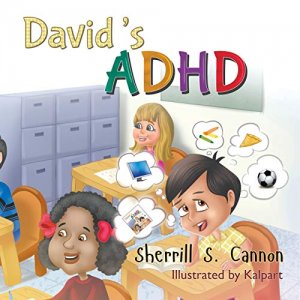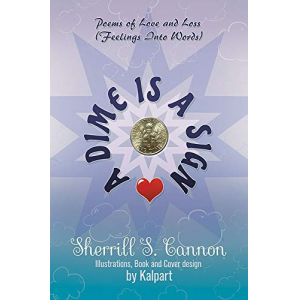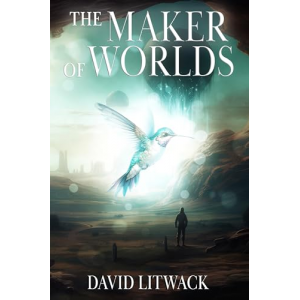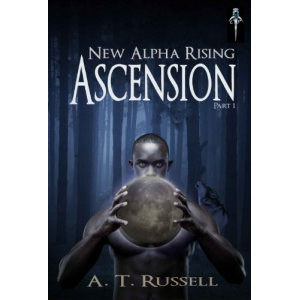- Author
- Book
- Story behind the book
- Media Links
- Reviews

John Pearson
About
I used to be a design engineer. Now I'm a 3rd grade math teacher.Conference calls have been replaced with parent conferences. Producttesting has given way to standardized testing. Instead of businesscards, I now pass out report cards. The only thing that hasn’t changednoticeably is the maturity level of the people surrounding me all day.

Friends in High Places
Description
<p>FRIENDS IN HIGH PLACES<br /><br />At barely nineteen, Angelica Donovan became one of the more successful winners of the T.V. show Our Next Super Model. The world assumed she was destined for a happy, fairy tale life as ‘Angel,’ the beautiful girl who was living the dream; sadly, that wasn’t to be the case. As the years passed, she flashed her million dollar smile to all her fans and fought to stay on top in a profession where you never knew who it was safe to trust while the fashion industry took big bites out of her heart and soul. And trust was a constant challenge for Angel due to the painful childhood secret she guarded as carefully as she did her heart. As a result, she never did find her true love on earth.<br /><br />When she wakes up ‘dead’ from a heart condition a month before her thirty-fifth birthday, Angel is at first relieved to find there is no death, just a change of state, like ice to water, and then she’s scared because her biggest and most important adventure is about to begin.<br /><br />Angelica is chosen to be an angel in training as a spirit guide for three souls on earth! Her assignment is to help two women to gain the courage and confidence to find, recognize and embrace the love that had eluded Angel in life. But her biggest challenge will be to save a very special little girl from the same evil experience that had poisoned Angel’s own earthly happiness and altered the course of her life.<br /><br />Will Angel be able to heal her own shattered soul in the process? And will the three souls she is guiding be able to recognize her, not as a ghostly threat, but as one of those ‘friends in high places’ we all have; the kind who often end up earning their wings.<br /><br /> </p>
Story Behind The Book
Media Links
Reviews
<p> For those who read "Learn Me Good," you know exactly what to expect from "Learn Me Gooder." If you liked the first book, you'll like this sequel. If not, the sequel isn't for you, either. Everyone else, read on.</p><p>I've been wondering lately if I'm losing my sense of humor, at least where books are concerned. I find plenty to laugh at in books from non-humor genres. Snappy, smart-ass dialogue and funny situations that are part of a bigger story still unleash the chuckles. But most of the books I've read where being funny was their main aim have fallen short. They've had funny parts. They've also had irritating, stupid, and even infuriating parts. "Learn Me Gooder" has convinced me it is still possible to make me laugh the whole way through and alleviated my concerns about that missing sense of humor.</p><p>The book is structured as a series of chronological emails from John Woodson, a fictional elementary teacher, to his former coworker, Fred Bommerson, who still works for Woodson's former employer. Each email has a subject line that is usually humorous, often a play on words that relates to the subject. One example is "That doesn't make any cents," as the subject for an email where Woodson tells Boomerson about trying to teach his class the relative values of US coins. Each email is "signed" with a name that follows the same pattern, "Seven Dollar Billy" for the last email and "Add' em Ant," for an email about teaching addition.</p><p>These added touches add to the funniness and give a hint of Pearson's sense of humor and wit, but the body of the emails is where the real fun lies. The situations described are, if not totally true, at least totally believable. Although drawn from Pearson's actual teaching experiences, "Learn Me Gooder" is fictionalized and, at times, the author takes literary license for a better story. Pearson combines school happenings with his inner dialogue, then stirs in comparisons to his former coworkers and comes up with comedy gold. Although each email is a discrete unit, like a small chapter, the book doesn't read like a series of emails. Pearson's students and even his former coworkers become like characters in a novel as we follow the students' progress through the year. Likewise, in references to Bommerson and his other ex-coworkers, Pearson integrates them into the story too. (Sometimes the adult world isn't that much different than elementary school.) If you have children, work with children, or have ever been a child, I think you'll find "Learn Me Gooder" just the thing to tickle your funny bone.</p><p>**Originally written for "Books and Pals" book blog. May have received a free review copy. ** </p>





